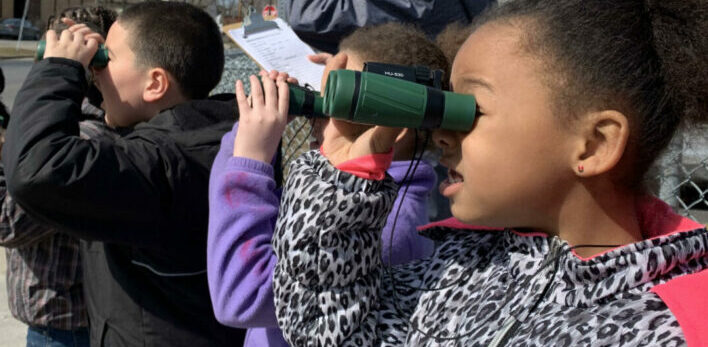Studies based on federal census data have helped shine a light in recent years on Syracuse’s high poverty rates, however these explorations only tell part of the story. Concentrated poverty is associated with neighborhood crime, wage disparity, lack of reliable transportation, academic resources, fewer recreation venues and more. This leads to a vicious cycle in which each challenge reinforces and magnifies others.
One may think that the characteristics of poverty within Syracuse span all regions of the city. In reality, when you look deeper you can see that the challenges and opportunities experienced by residents vary based on neighborhood. It can be difficult for social programs to succeed in their efforts to decrease poverty if they are not addressing the nuances within the areas where they work.
A recent paper released by the Central New York Community Foundation examines how the use of precise measurements within a poverty index, which compares each tract along multiple dimensions that reinforce one another, can drive meaningful change through holistic yet customized neighborhood solutions.
View the Paper:




